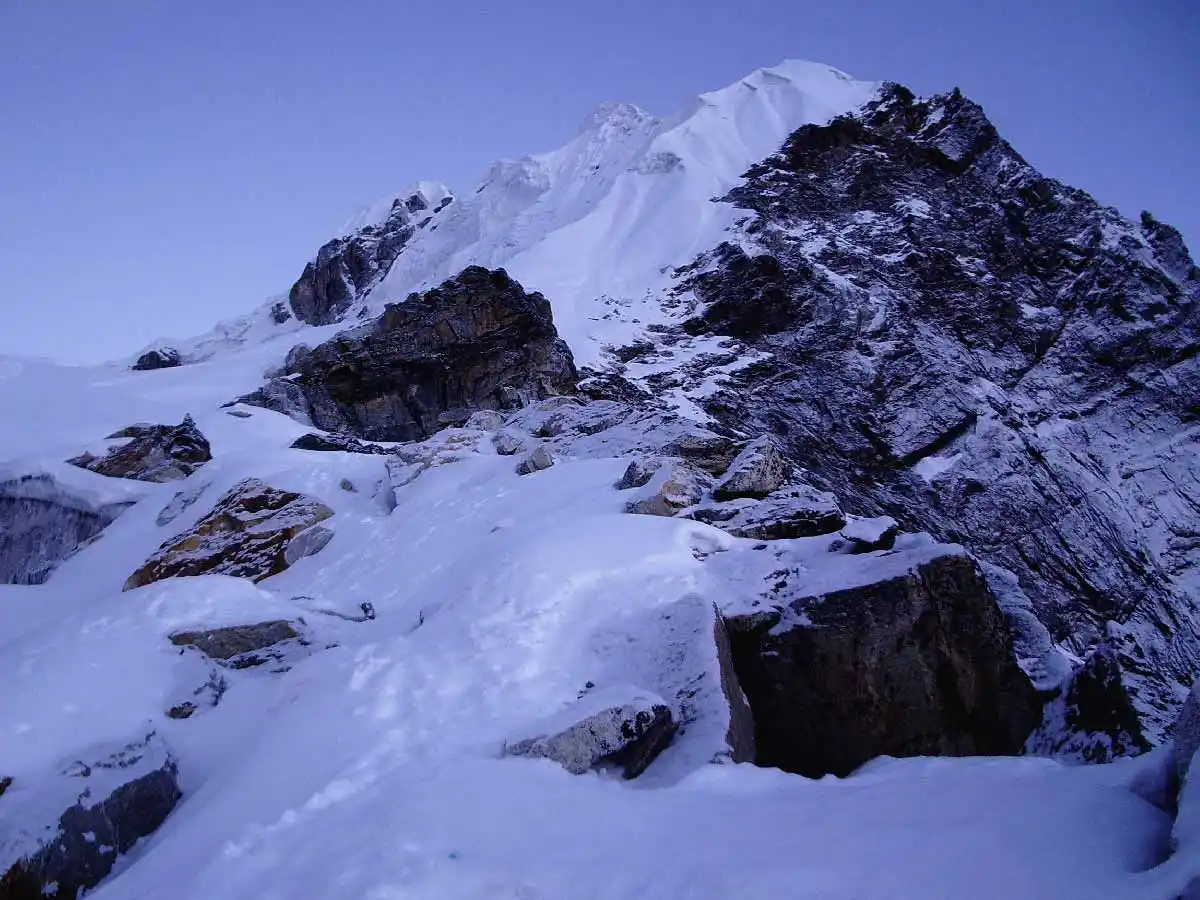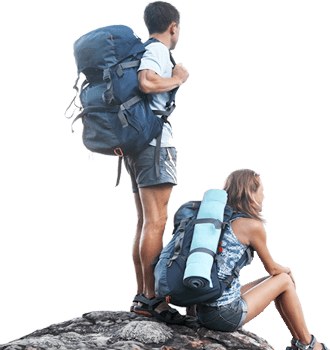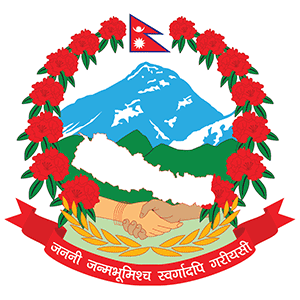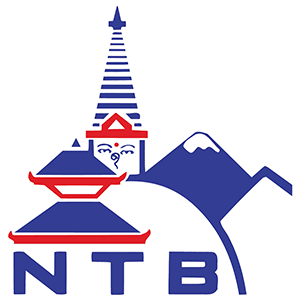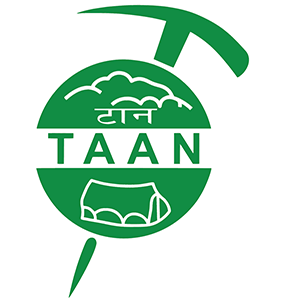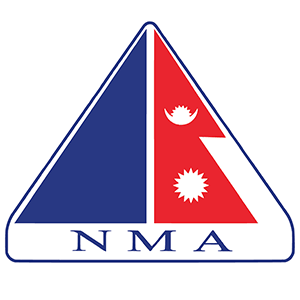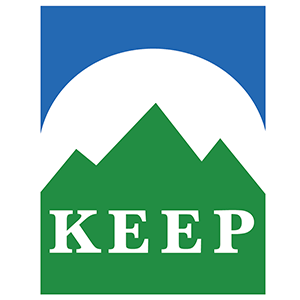Lobuche Peak, in Nepal's Khumbu region, is a popular choice for adventurers looking for the ultimate Himalayan experience. The climb is challenging but rewarding, with two summits: Lobuche East (6,119m) and Lobuche West (6,145m). As climbers travel through the Khumbu Valley, Sherpa villages and imposing peaks greet them when they arrive at Lukla airport. This occurs after they have taken a picturesque flight to Lukla. Climbers ascend steep slopes after acclimatizing at Lobuche Base Camp, putting their technical proficiency and mental toughness to the test. The summit provides amazing views of Mt. Everest and the other surrounding Himalayan giants. Climbers must use all of their strength and resolve during the last push to the summit, which involves treacherous navigation and icy inclines. Climbers experience a sense of accomplishment and make priceless memories when they reach the summit. Returning to Base Camp to consider the bonds and difficulties encountered marks the end of the journey. Lobuche Peak, with its endless rewards, symbolizes the human spirit's quest for exploration and discovery.
Lobuche East, a mountain in Nepal, provides climbers with a challenging and captivating challenge that extends beyond physical exertion. As they ascend, they frequently come across a smaller, snowy peak to the southeast known as the "false peak." This deceptive location is frequently mistaken for the pinnacle, but the true summit lies beyond this point, beckoning adventurers to continue. The climbers navigate the intricate summit ridge, which is difficult terrain that requires precision and skill. The ascent to the true summit is not only a physical challenge but also a test of mental fortitude and determination. As they navigate the difficult terrain, climbers rely on their experience and expertise, driven by an unwavering desire to reach the summit. Climbers feel a profound sense of accomplishment as they stand on the true summit amidst breathtaking Himalayan views. The false summit's unique feature adds a sense of surprise and excitement to the ascent, transforming it into a memorable adventure that goes beyond simple conquest.
Laurence Nielson and Ang Gyalzen Sherpa made history in 1984 by leading the first documented ascent of Lobuche East, marking a significant milestone in the Himalayan region's exploration. However, the history of the peaks in the area is often shrouded in uncertainty, leaving open the possibility that local climbers or explorers may have reached the summit before 1984. The remoteness of the region and the limited documentation from earlier expeditions make it difficult to verify such historical records. Local climbers and Sherpas are familiar with the Himalayan peaks, and it is plausible that undocumented ascents may have occurred in the past. This ambiguity adds a layer of mystery to Lobuche East's mountaineering history, inviting speculation and curiosity about the mountain's past. Despite the uncertainty, Nielson and Sherpa's achievements stand as a testament to human perseverance and the allure of the world's highest peaks.
Lobuche East Peak, a breathtaking landscape, is a popular destination for trekkers and climbers due to its stunning views of the Himalayas. The mountain requires careful preparation, including acclimatization to high altitude and honing mountaineering skills. However, the rewards are immeasurable, as it offers breathtaking snow-capped peaks and pristine wilderness. Lobuche East is included in larger expeditions that cover neighboring peaks like Island Peak or the iconic Everest Base Camp trek, allowing adventurers to fully immerse themselves in the Himalayan experience. Trekkers can traverse picturesque valleys, lush forests, and charming villages, while climbers push beyond their limits on the slopes. Lobuche East beckons adventurers from around the world for its challenge, nature's grandeur, and connection to the rich cultural heritage of the Himalayas.

